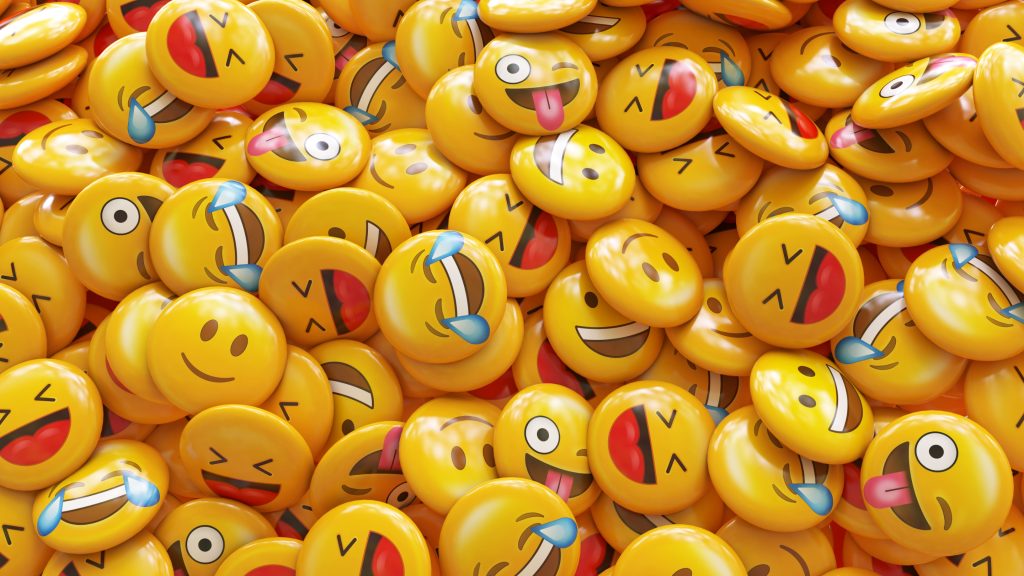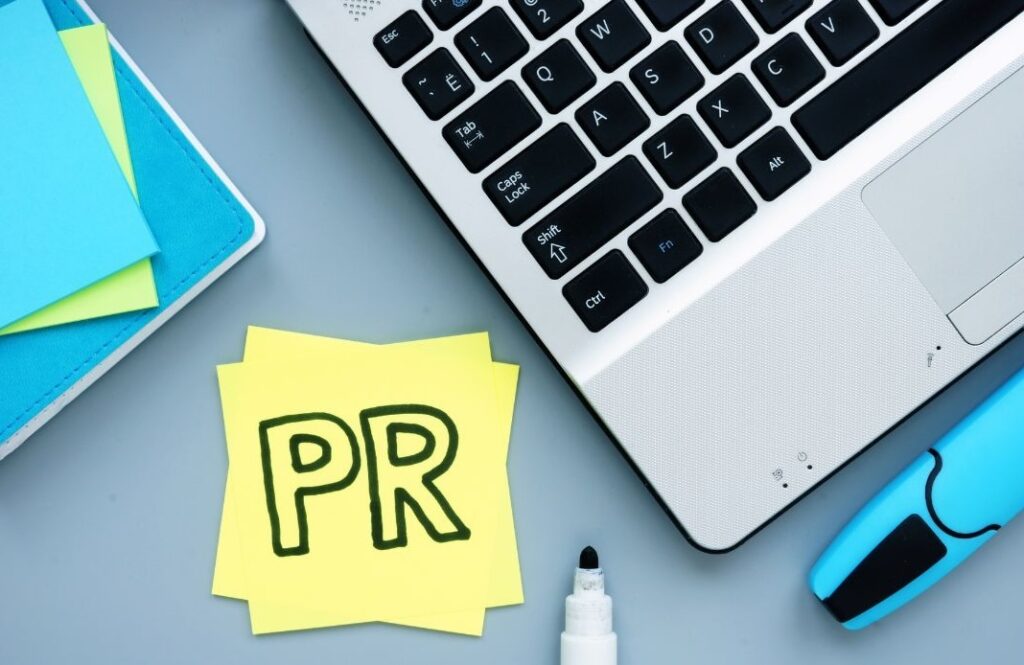Emojis, stickers, or emoticons are fun, tiny images that are used to express someone’s emotions and a variety of activities. They can be more accurate than words, and transcend language barriers. For example, a smiley face is universal, and now there are hundreds of emojis allowing everyone to communicate across borders. They present a fundamental shift in how we communicate with each other online.
Emojis represent the future of marketing: expressing emotion, which builds trust: exactly what marketers aim for! They are trendy, and nearly every millennial now uses emojis in their texts, tweets, posts and more. And because millennials are such an important demographic, your business needs to use emojis in its social media marketing communications.
Here are 8 tips to keep in mind when using emojis in your social media marketing.
1. Start small, by doing a test run in a low-risk environment to see how well your target audience responds to emojis. Sprinkle a couple into your social media messages.
Response to emojis can vary and this is why it is very important to test them out first not only see what your audiences reaction to you using them is, but also to see in what context emojis can be used best to provoke response for your audience. One effective way that you see a lot of sports social media pages using them is by using an emoji instead of a bullet point. Should you be showing a football score use a football etc, the reason that this is successful is that while nobody can really not enjoy it being there as it is just a small image it adds to the way that a post looks, making it look more fun, light-hearted and appealing.
2. Keep your emojis relevant and purposeful to the audience you are addressing.
Be aware of different scenarios and where it is effective to use an emoji and where not to, if a customer is writing a complaint or looking for information on a product using an emoji might come across as sarcastic or not sincere and this will be very bad for your public image. Try and only stick to using emojis during relaxed conversations or upbeat posts that are supposed to make your audience either want to get involved, engage or be excited about.
3. Message clarity is important, don’t overuse them, adopt a more discerning approach for greater impact.
Knowing how not to use emojis can be much more important than knowing how to use them, if you aren’t aware as to their detrimental aspects then you could be making yourself look less appealing as a company. Too many emojis makes it look as though a young kid has been posting on behalf of your company. When posting anything to Social Media clarity should be you first focus, can people read your posts clearly and understand everything that you are trying to tell them. If the answer is yes then you are using an acceptable amount of emojis, should you be pausing or getting confused due to over use of emojis, you’re getting carried away.
4. Get to know your audience and their own emojis of choice. Featuring these in your future messages can help you attract their attention.
People talk how they want to be spoken to, look at the people who follow or interact with your accounts response to the posts that you put up, this will identify not only if they are liking your tweets (and choose of emoji) but also the way that they use them in their own posts. If you reflect a similar structure to your posts as what your followers do then, in turn, they should like your posts, you will begin to get more of a feel for this as time goes on.
5. Use friendly and fun, not sad or angry emojis. Research shows positive emojis are much more popular than negative depictions.
This is relative to the things that you are posting, how often are you posting negatively and expecting a positive response, always try and keep your posts upbeat otherwise people are less likely to follow a company that makes them feel down all the time. Equally, an emoji can make a post that might have appeared negative at first a little bit more lighthearted so keep this in mind if you’re trying to lighten up a post.
6. Double-check the meaning of the emojis before using them to avoid accidental embarrassment. Most emojis clearly represent the sentiment they’re meant to convey, a handful are commonly used in pop culture to signify ideas that aren’t meant for all audiences.
If you’re sticking to just using your regular emoji faces then you should be ok, but should you venture into the unknown you could potentially be setting yourself up for trolling! Should you be using an emoji that you can’t tell the definition of immediately I would take 5 minutes research to ensure that you don’t leave yourself looking embarrassed online.
7. Remember that emojis are not the message, they should add value and enhance your marketing message.
Don’t get distracted by the cool faces and forget that you are intact there to deliver a message, advertise a product, promote a company or many other things. Emojis should be used carefully and lightheartedly do not try and use them as your main way of getting a point across because that won’t work, it will only result in a confused, unhappy customer looking at your post.
8. Make people laugh with your use of emoji to elicit a joyful emotion.
Most importantly emojis are supposed to be fun, not taken seriously, so try and make your audience laugh and enjoy them. The bulk of emojis are made to represent some kind of positive emotion and therefore use them for the same purpose, if they can make your followers enjoy your tweets more than you have been successful!




